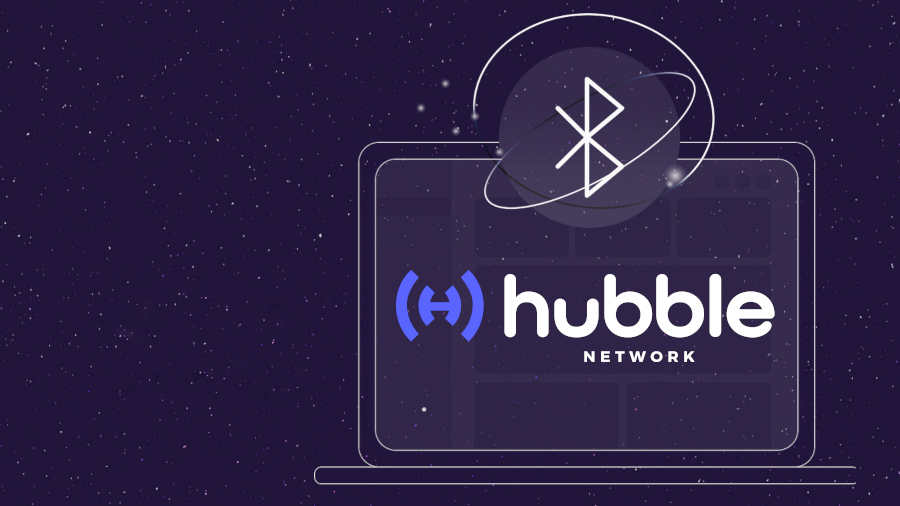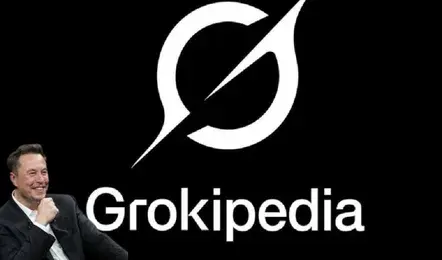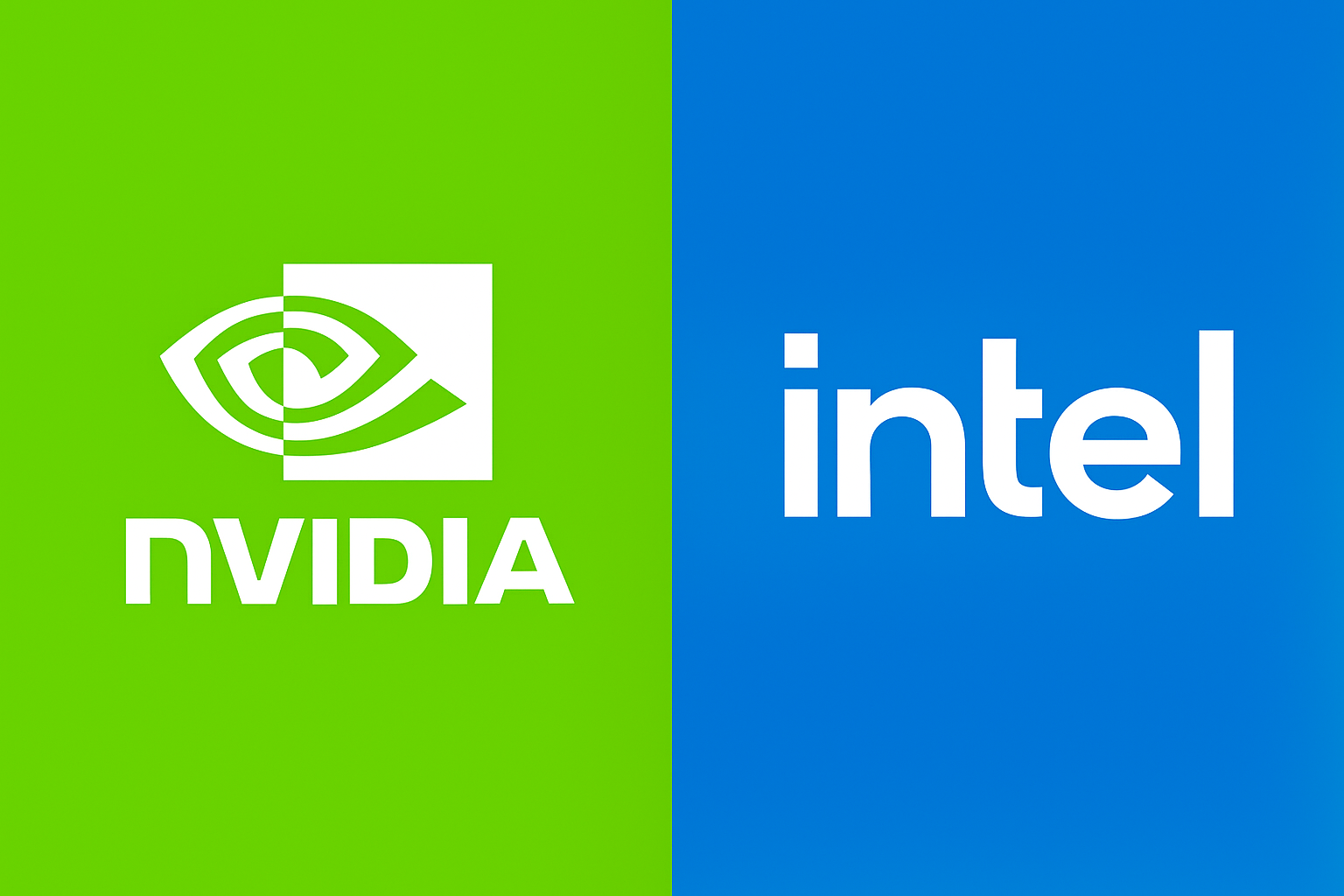Hubble Network’s Ambitious Satellite Upgrade to Deliver Global Bluetooth Connectivity
The race to build a truly connected planet is heating up—and Hubble Network is taking a bold leap forward. In an ambitious move set to reshape the Internet of Things (IoT) landscape, Hubble Network has announced a major satellite upgrade in partnership with aerospace company Muon Space, leveraging their new XL satellite bus technology. The goal? To deploy a global Bluetooth layer in orbit.
Unlocking the Power of Bluetooth From Space
While traditional satellite networks have focused on broadband internet and GPS, Hubble Network is taking a radically different approach: enabling Bluetooth connectivity from low Earth orbit (LEO).
The company’s vision is to create an always-on, global Bluetooth mesh network that allows even the most remote, low-power devices—like sensors, wearables, asset trackers, and environmental monitors—to stay connected without Wi-Fi or cellular coverage.
This means a Bluetooth sensor in the middle of the Pacific or a wildlife tracker deep in the Amazon could ping data directly to a satellite, removing the need for expensive infrastructure on the ground.
Muon’s XL Satellite Bus: The Game Changer
At the heart of this upgrade is Muon’s newly developed XL satellite bus, a next-generation spacecraft platform designed for high-performance payloads and autonomous operation. The XL bus offers increased payload capacity, power efficiency, and onboard processing—perfect for handling Hubble Network’s Bluetooth communication modules and data relays.
By integrating this advanced bus technology, Hubble plans to scale its satellite constellation quickly and efficiently, with the first wave of next-gen satellites scheduled to launch soon.
Real-World Applications of a Bluetooth Satellite Network
This breakthrough has enormous implications for the IoT ecosystem:
- Supply Chain & Logistics: Track shipping containers, cargo, and trucks globally in real-time—without cellular.
- Environmental Monitoring: Monitor air, water, and wildlife conditions in remote regions with solar-powered sensors.
- Disaster Response: Deploy Bluetooth-based emergency devices to provide life-saving data in areas with damaged networks.
- Wearable Tech: Enable global syncing of smartwatches, medical devices, and fitness trackers from anywhere on Earth.
And because Bluetooth is extremely power-efficient, devices can last years on a single battery, making the tech ideal for rugged or hard-to-reach locations.
A New Era of Planetary Connectivity
Hubble Network’s vision aligns with the growing trend of low-power satellite IoT, an industry projected to reach billions in revenue over the next decade. By creating a Bluetooth layer in the sky, the company aims to offer a truly universal, passive, and affordable connectivity solution that complements existing networks.
This development could be especially valuable in regions with little to no infrastructure, democratizing access to global networks and fueling innovation in smart agriculture, remote health, climate research, and more.
Final Thoughts
Hubble Network’s collaboration with Muon Space marks a turning point in satellite communications. If successful, this project could make Bluetooth as ubiquitous in the sky as it is in your home—turning Earth into a fully connected platform for innovation.
The future of IoT is not just smart. It’s orbital.








